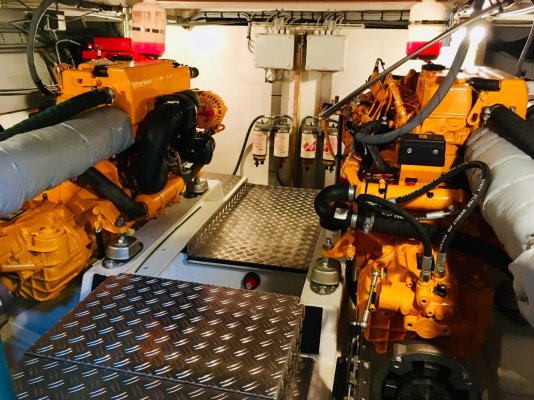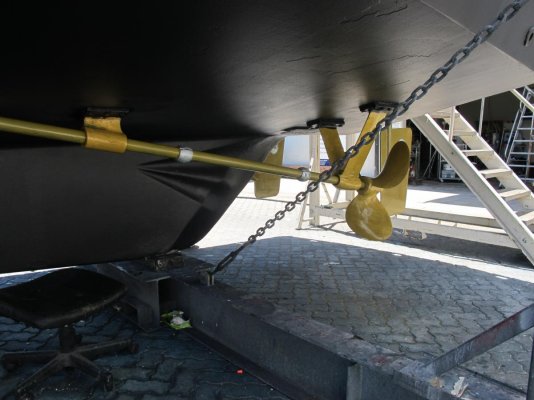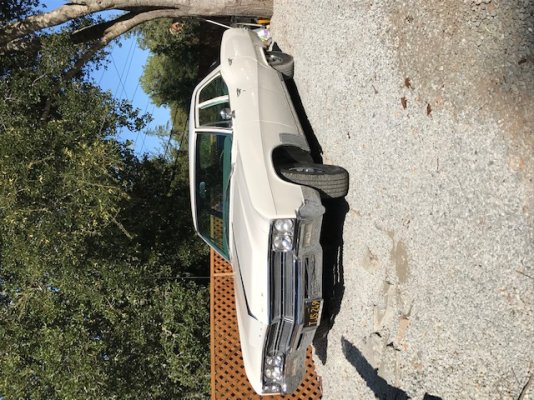Nomad Willy
Guru
Willy, can you explain why post 69 is FD. I read the brochure on it and it says FD, but any description of FD says rounded bottom.
Looking to learn something.
By rounded bottom you mean soft chines?
The only roundness the leads to FD is the shape of the stern on the bottom of the boat. From 1/3 to 1/2 way fwd from the transom. As in this rowboat example. See that the bottom “rounds up” to the transom and the transom is usually out of the water even when loaded. It’s all about the bottom aft of amidships. It can be a flat bottom, V bottom or a rounded soft chine bottom.
Most associate a soft chine with a slow boat and transfer slow and round to FD. It’s a bit of a trap. Also FD boats can have any number of chines. Some stitch and glue constructed boat have 3-4 chines. Usually a substitute for a round chine/bottom.


![20180520_085404_(Medium)[1].jpg](/data/attachments/85/85812-138c37ef2bb8822dc3c59c2b092d50f7.jpg)
![20180520_085507_(Medium)[1].jpg](/data/attachments/85/85813-b7c3af0e01ec2452ccf346a8fa287564.jpg)

